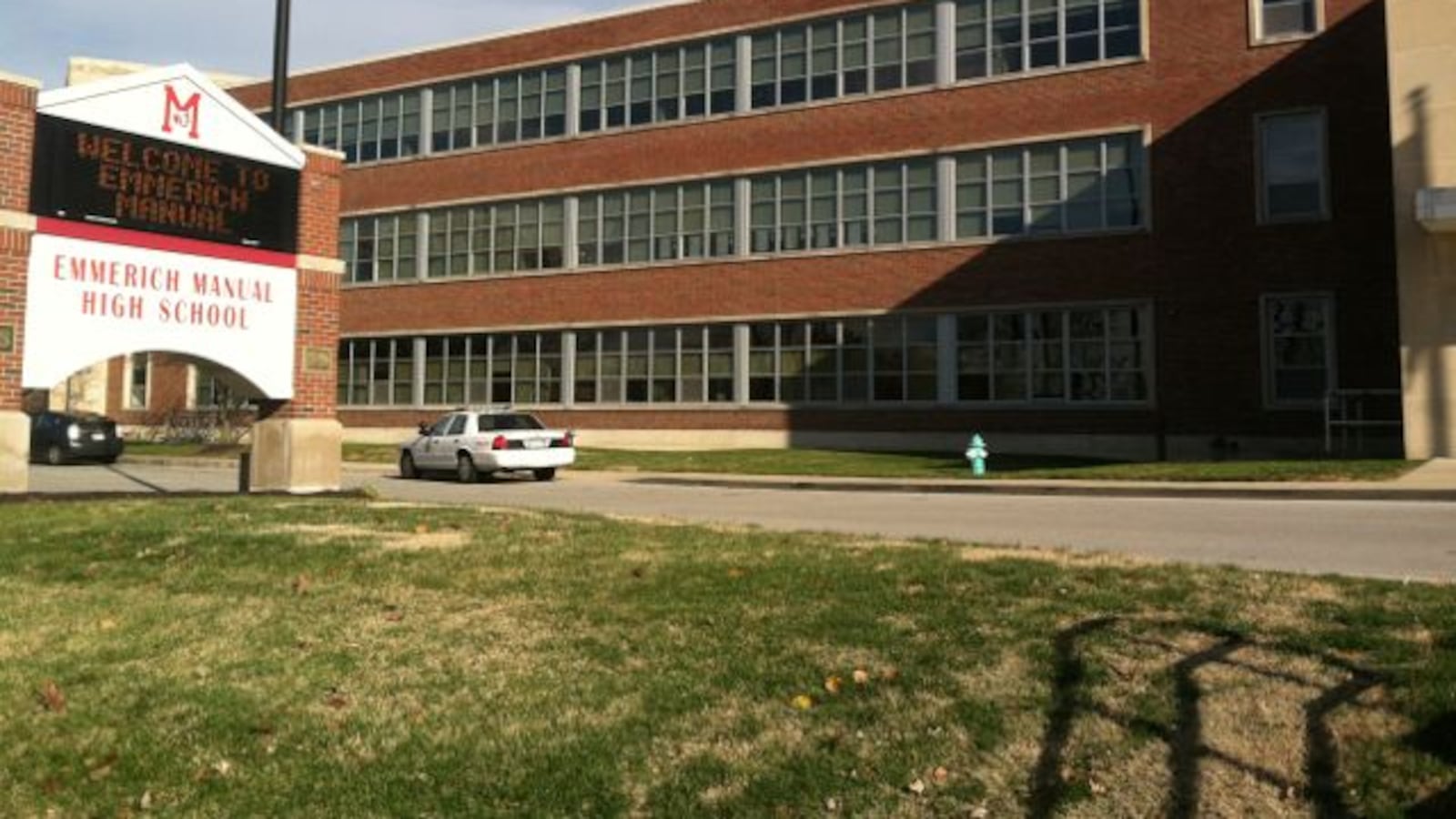Indiana officials voted Wednesday to approve $1.6 million next school year for three Indianapolis schools under state oversight after a contentious debate over how to divvy up money among struggling schools.
The discussion raised questions about future funding to improve other failing schools.
The pool of money is shrinking because the state is losing out on federal education funding next year, said state Superintendent Jennifer McCormick. And Indiana must spread federal funds across not only schools that it oversees but also struggling schools that have not yet reached the point of a state takeover.
“It’s not sustainable,” McCormick said. “There’s just going to be too much need based on what we’ve got.”
The three schools have been managed by Charter Schools USA, a for-profit charter network based in Florida, since 2012. The company will receive about $23 million in extra state funds over eight years. That includes the $1.6 million approved Wednesday, which is likely the final influx of cash from the state board.
Emma Donnan Middle School and Howe and Manual high schools, which were previously part of Indianapolis Public Schools, enroll a total of about 1,600 students. The Indiana State Board of Education seized them after years of low performance.
The results at the CSUSA schools have been mixed. The state grades at Donnan and Manual rose to a C, while Howe remains an F. In March, the board voted to instruct CSUSA to apply for charters to run the high schools. School representatives withdrew their initial charter applications, but CSUSA officials said they plan to reapply. Instead of seeking a charter, Donnan is expected to operate in partnership with Indianapolis Public Schools.
Some state board members have readily accepted the high price tag.
“If you look at the achievement results of Charter USA, they are phenomenal,” said state board member David Freitas, pointing to a presentation that showed some recent improvements in data such as test scores, graduation rates, and attendance.
The state board staff recommended awarding CSUSA $1.6 million next year to continue supporting the schools. The amount was contentious, however, and the Indiana Department of Education offered a competing plan that would have given the CSUSA schools only about $500,000 next year. McCormick said that recommendation was due to tight funding.
“Are they making steps and strides? Yes. But we also have a lot of schools that are also in need that are getting much less per student,” McCormick said. “There’s just not enough money to go around.”
The board ultimately allocated $1.6 million, or about $1,000 per student for CSUSA schools next year — more than triple the $326 per student some struggling public schools are getting from the state, according to a report from the department of education.
The extra money the schools receive will soon dry up, and they must be weaned off of special funding from the state, McCormick said. By the end of next school year, the campuses overseen by CSUSA are expected to become independent of the state. When state oversight ends, they will lose access to the special funding that has propped up their budgets for years.
But Ron Sandlin, senior director of school performance and transformation for the state board of education, argued that the money is necessary. If the CSUSA schools receive charters, they will receive $750 per student from the state through charter school grants, Sandlin said. The board staff wanted to avoid cutting funding below what future charter-school funding would be, so the schools won’t have to cut spending in the interim, Sandlin said.
Funding has been a constant source of friction since Indiana took over five schools in 2012. A different charter operator abandoned a school it was managing because network leaders said they did not have enough funding, and it reverted back to district control.

